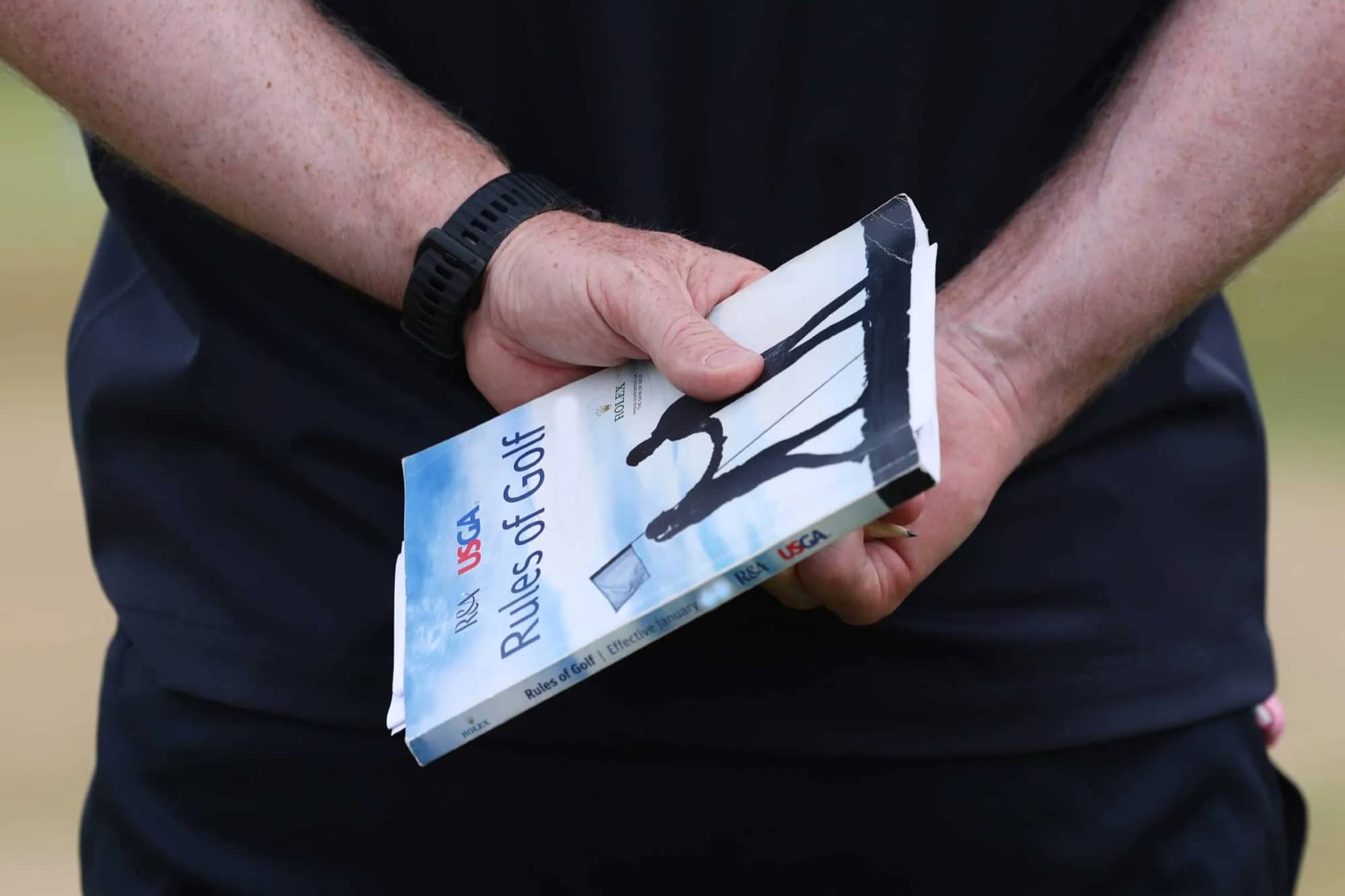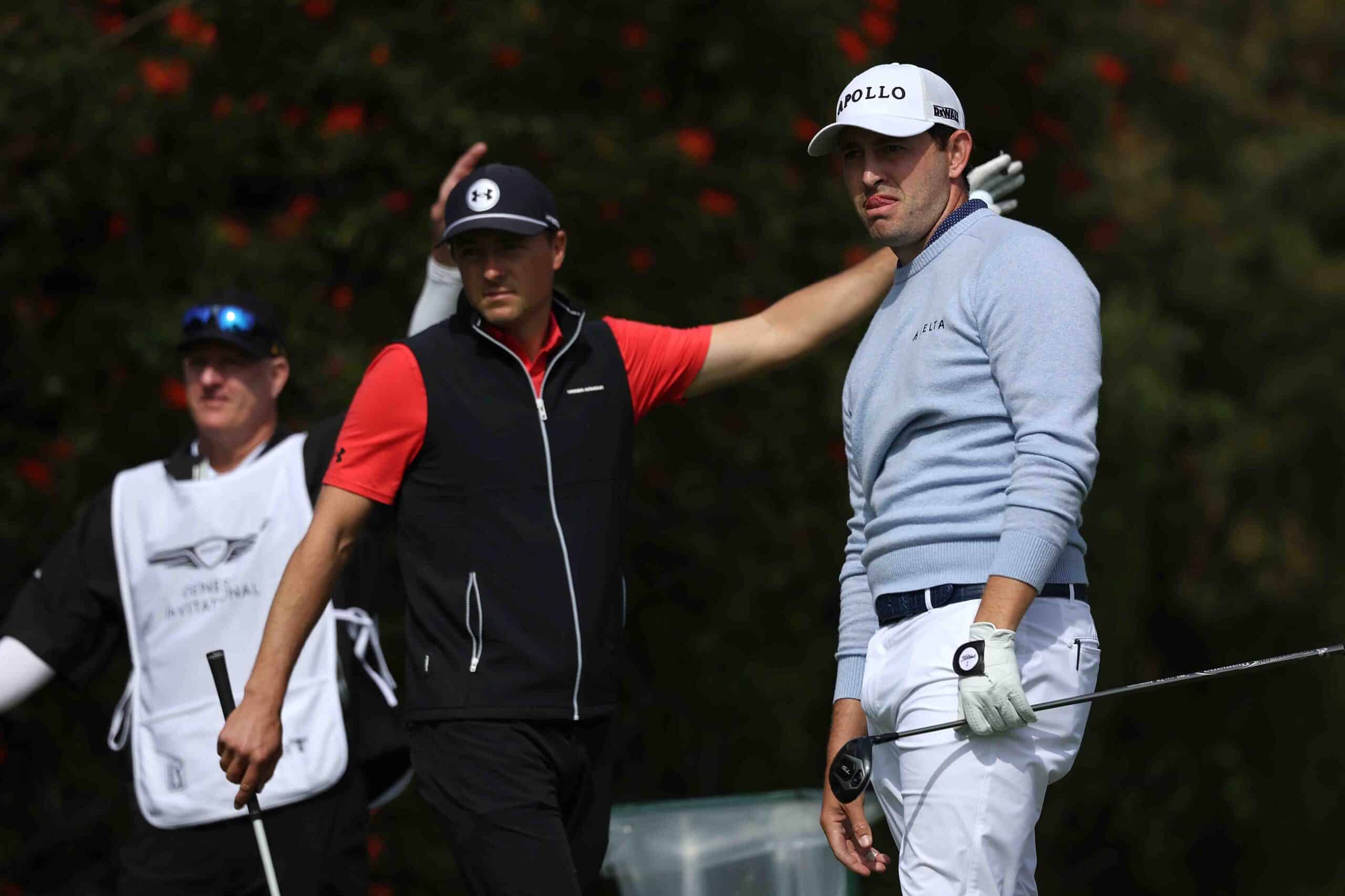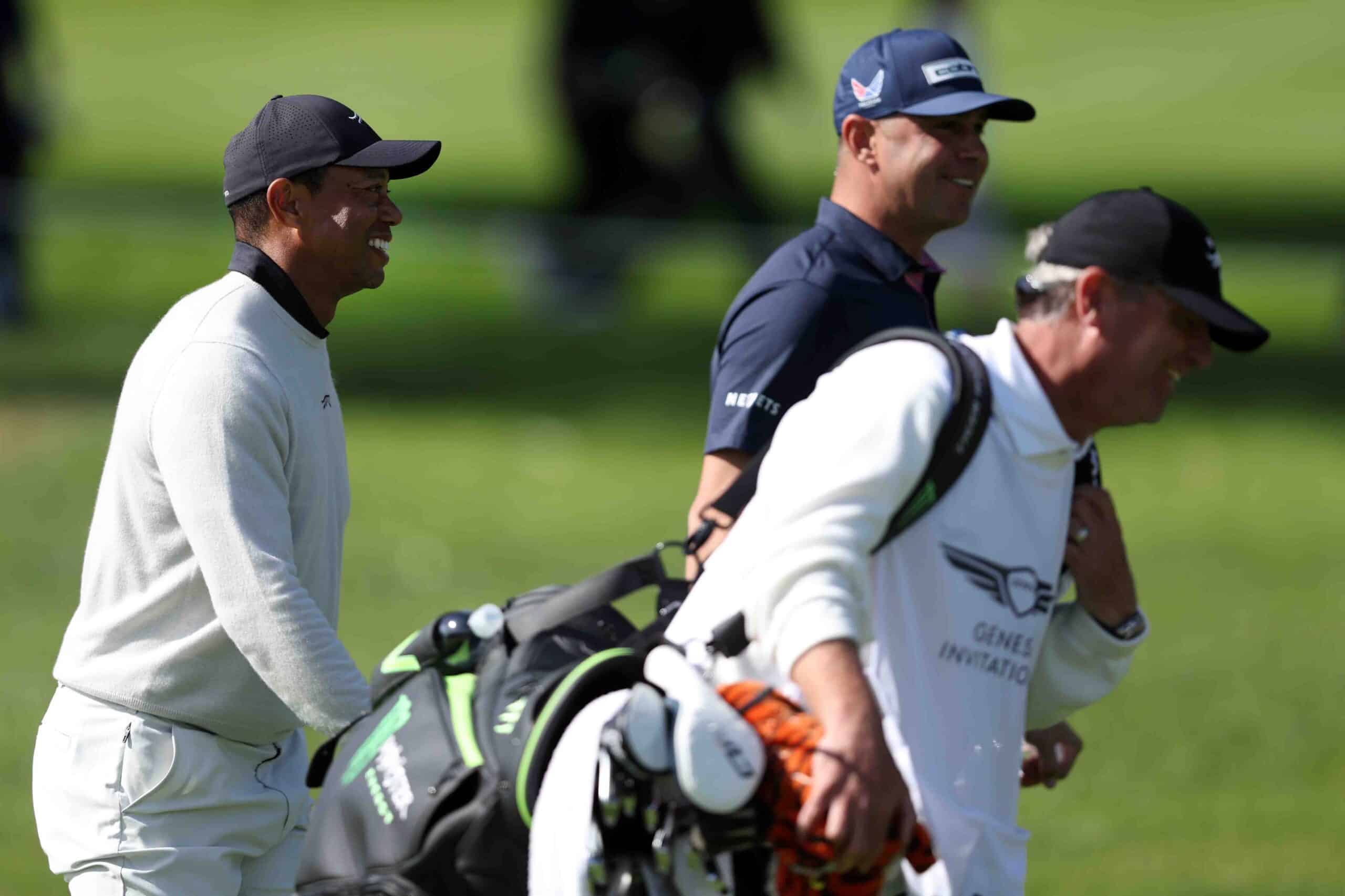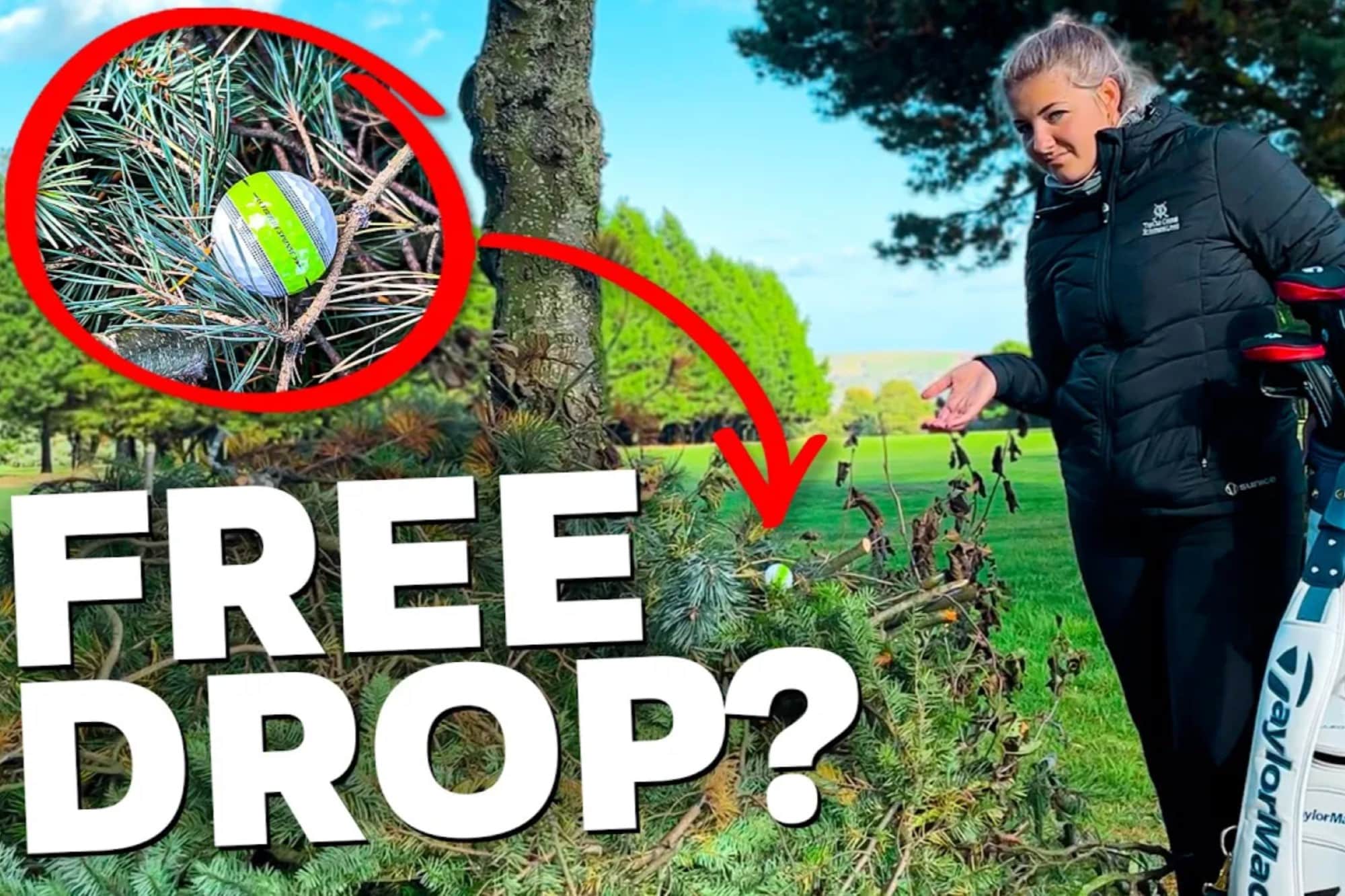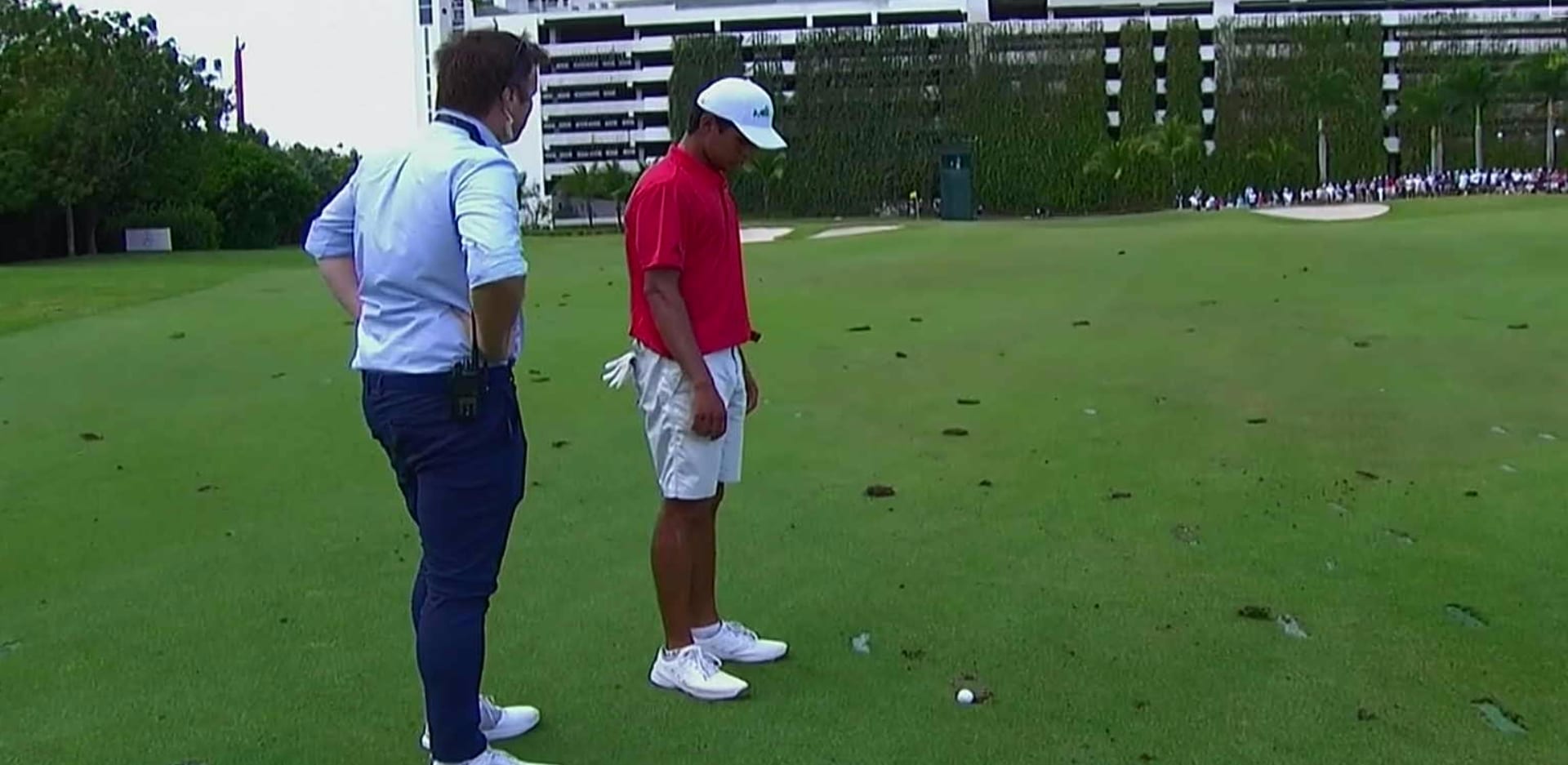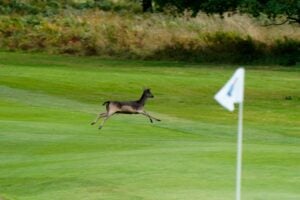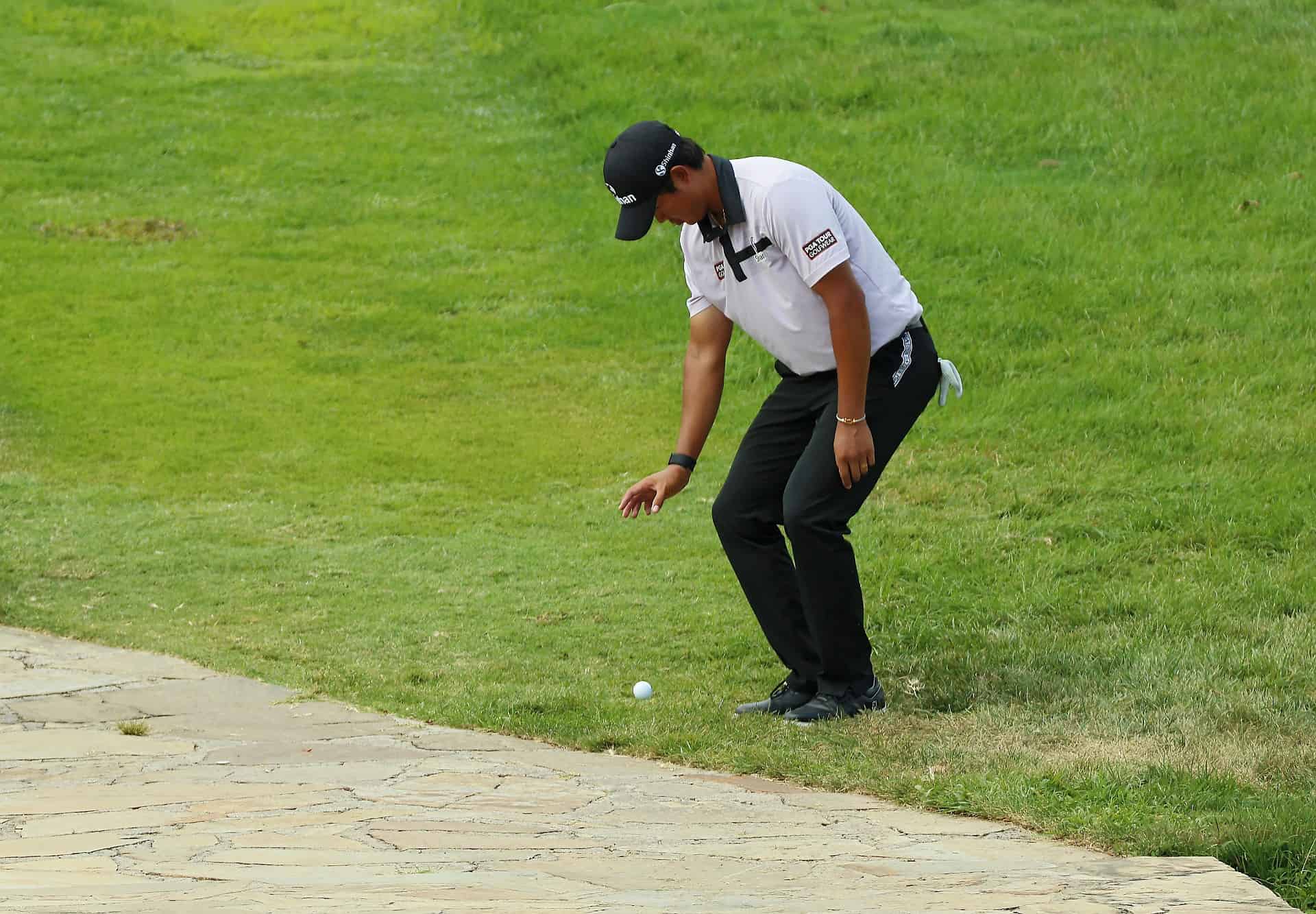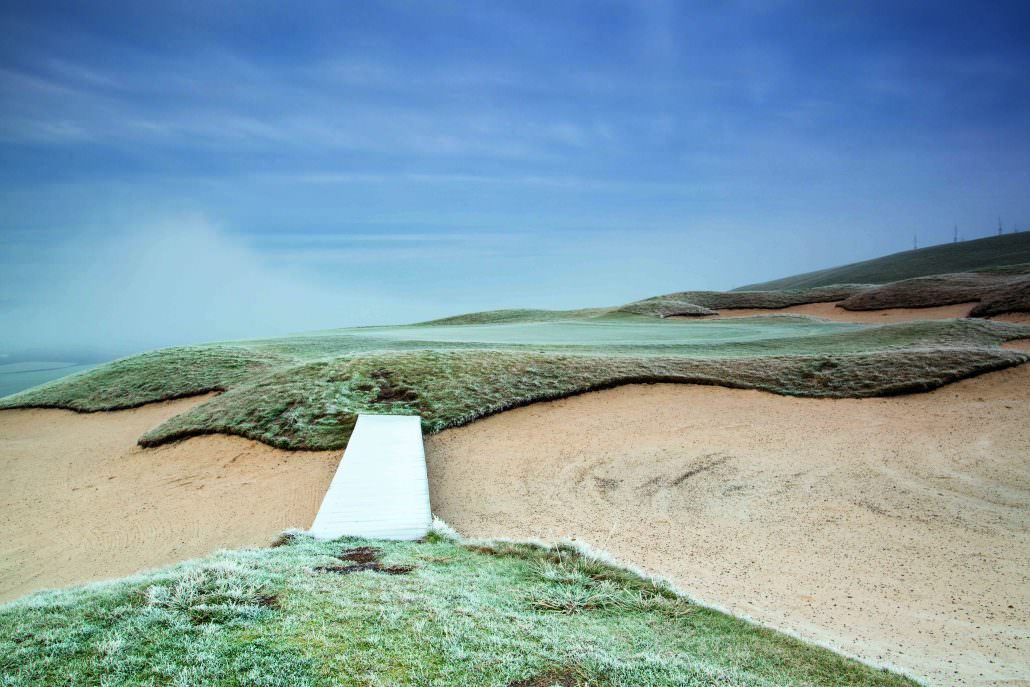
Can you putt from the green if a temp is in play?
Our Rules of Golf guru often sees players striking it from the frozen tundra despite temporary greens being used. But does convenience come with a cost?
Ah, temp greens. Few things are more lamented by hardy winter golfers – even though we’re all well aware of the need to protect our putting surfaces in inclement conditions.
They’re often iced up, bobbly, and can be found in some evil spots. They can also be pretty small and it’s not uncommon for players to airmail the temp entirely and end up on the roped off surface.
But I’ve often seen golfers who’ve inadvertently found that main green decide to putt from there back to the temporary – either in the belief it’s fine because they’re not playing to the hole in question, or because they’re not sure how to take relief.
So let’s take a look at the rules surrounding temporary greens, what happens when you decide to ignore them, and where you can take relief…
Temporary green rules
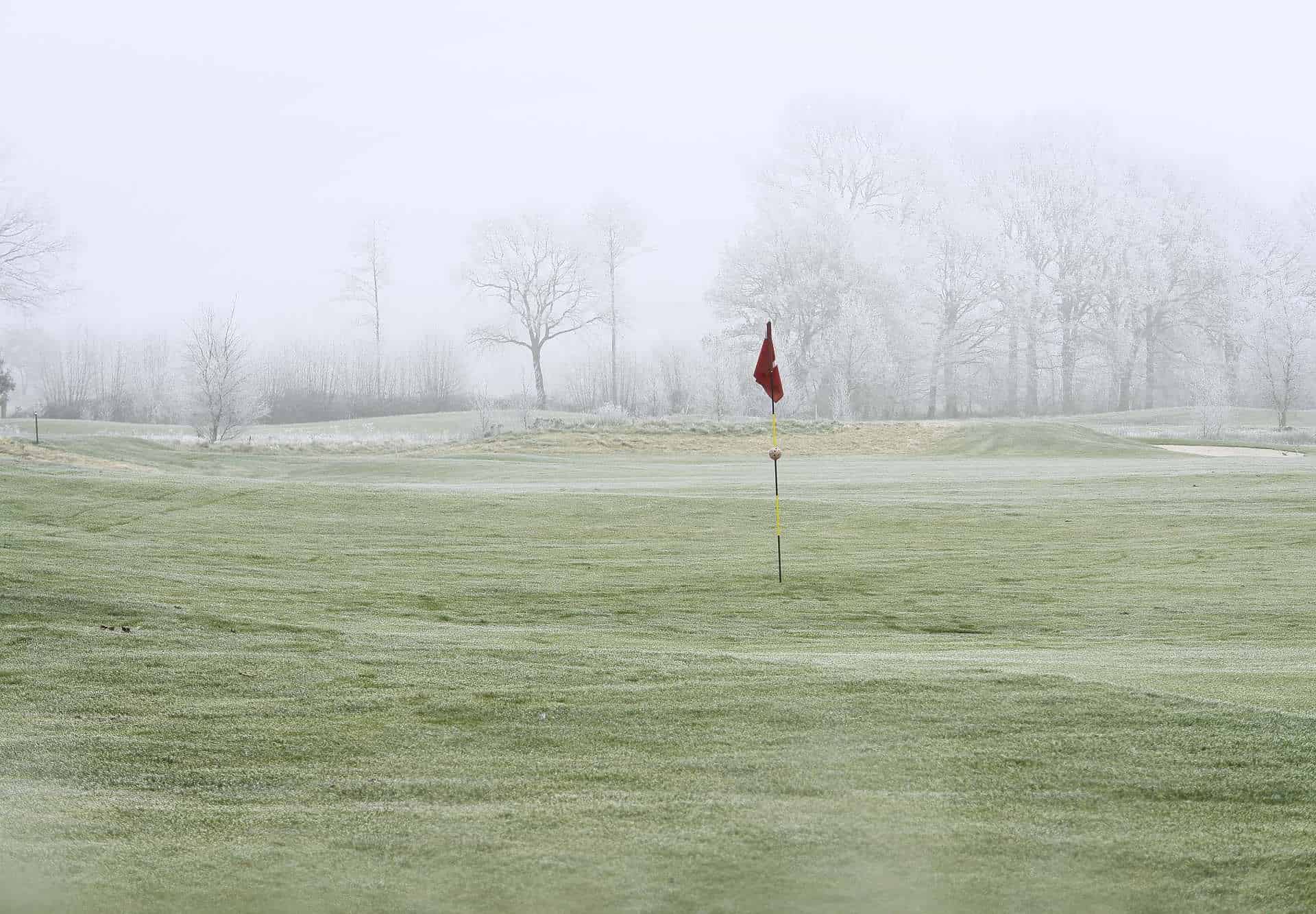
Temporary greens don’t operate in a vacuum. They’re established by Local Rule and, if you’re scouring the Official Guide to the Rules of Golf to find it, you need to turn to Model Local Rule D-2.
It’s really quite important to get your head round this because when that regulation is in force, it’s not optional to use the temporary green.
The putting green that’s been replaced by a temporary automatically becomes a wrong green because it is not the green for the hole you are playing.
Rule 13.1f comes into force and free relief from interference MUST be taken.
If you don’t find the nearest point of complete relief, and then drop in a one-club relief area, and you decide to ignore it and play from the wrong green, then prepare to be sanctioned.
You’re going to get the general penalty (two shots in stroke play, or loss of hole in match play) because you’ve played from a wrong place.
What about when we’re on ‘proper greens’? Can committees protect the temps when they are not in play? A temporary green, in these circumstances, would normally be part of the general area.
But a committee can declare it to be a wrong green and another Model Local Rule – D-5 – also allows clubs to declare a temporary green to be ground under repair and that means you can take free relief under Rule 16.1b.
If you know your ground under repair rules, though, that would still mean you’d have the option to play it as it lies. I’ve also seen some clubs, though, declare them to be no play zones and force players to take relief.
Finally, let’s go back to your ball on the putting green when a temporary is in play and something I think a lot of clubs might forget about when they’re trying to protect their playing surfaces.
If you’re taking relief from what is now a wrong green, where is your nearest point of complete relief? It’s likely it could be the apron or fringe that is next to that green.
While it’s not manicured quite as finely as a green, it’s still presented with a lot of care and attention. Do you want golfers chewing up that ground when they’re taking relief?
To prevent damage to the fringe, a committee can employ yet another Local Rule – D-4 – which requires players to take relief using Rule 13.1f.
It modifies the nearest point of complete relief to include both the wrong green and the fringe or, combined with Model Local Rule E-1, allows clubs to establish a drop zone.
Got a question for our expert?
Despite the changes to the Rules of Golf in 2019 and 2023, there are still some that leave us scratching our heads. I’ll try to help by featuring the best of your queries in this column.
What do you think about these temporary green rules? Let me know by leaving a comment on X.
- NOW READ: Where should we put hole locations?
- NOW READ: What happens if my putt hits the nearest the pin marker?
Steve Carroll

A journalist for 25 years, Steve has been immersed in club golf for almost as long. A former club captain, he has passed the Level 3 Rules of Golf exam with distinction having attended the R&A's prestigious Tournament Administrators and Referees Seminar.
Steve has officiated at a host of high-profile tournaments, including Open Regional Qualifying, PGA Fourball Championship, English Men's Senior Amateur, and the North of England Amateur Championship. In 2023, he made his international debut as part of the team that refereed England vs Switzerland U16 girls.
A part of NCG's Top 100s panel, Steve has a particular love of links golf and is frantically trying to restore his single-figure handicap. He currently floats at around 11.
Steve plays at Close House, in Newcastle, and York GC, where he is a member of the club's matches and competitions committee and referees the annual 36-hole scratch York Rose Bowl.
Having studied history at Newcastle University, he became a journalist having passed his NTCJ exams at Darlington College of Technology.
What's in Steve's bag: TaylorMade Stealth 2 driver, 3-wood, and hybrids; TaylorMade Stealth 2 irons; TaylorMade Hi-Toe, Ping ChipR, Sik Putter.


